Famously known as the 'City of Temples', Kathmandu, is located at an altitude of 4600 ft above the sea level. The city had been the centre of Nepal's history, art and culture and economy since ages. The population residing here has a majority of Buddhists and Hindus, resulting into multiethnicity. Kathmandu serves as an entry point to the Nepalese Himalayas as well as houses the seven UNESCO world heritage sites, - Bouddhanath Stupa, Pashupatinath Temple, Kathmandu Durbar Square, Swayambhunath Stupa, Bhaktapur Durbar Square, Patan Durbar Square and Changunarayan Temple.
Boudhanath Stupa: This structure represents a giant dome consisting of a pyramid tower or 'mandala' signifying the Buddhist influence in the architecture. It is a place of worship representing Buddha and his teachings. A very important structural feature one can observe is that the base of the stupa is decorated with a pair of eyes looking at each of the 4 cardinal directions, - North, South, East and West, which represents the Buddhist philosophy of the immense knowledge and enlightenment of the Lord Buddha. The construction of this ancient stupa dates back to around 5 th Century A.D by the then Licchavi king. After the Chinese invasion of Tibet in 1959, the Tibetans came here and constructed 50 gompas around the stupa. Another historical significance of the place lies in the fact that the very location was on an ancient trade route which possibly ran from China to Europe.
Pashupatinath Temple: It is one of the most important hindu temples dedicated to Lord Shiva or Pashupati. The temple is located on the banks of Bagmati river, 5 kms away from the Kathmandu valley.
The main structure of the temple can be described as a pagoda inside a protected courtyard which has an inner and outer complex respectively. The deity of the temple is Lord Shiva. The most notable object observed in this temple is the golden bull statue, the 'vahana' of Lord Shiva guarding the entrance to the inner complex. The temple is also one of the 12 'Jyotirlingams' of Lord Shiva.
The original temple was built around 400 AD by Licchavi Dynasty but the present structure is a renovation work done in 17 th century. However, the main temple strictly allows people belonging to the Hindu faith, though the other shrines around the Pashupati temple complex can be visited by people of all faiths alike.
Kathmandu Durbar Square: In the past, the Kathmandu Durbar Square was the place where the kings were coronated and royal events took place. Gradually, important Buddhist and Hindu rituals started to be held there. At present, the place serves as the meditative backdrop for the people who seeks spirituality.
The Durbar Square has two portions, - Outer Complex and Inner Complex. The outer complex was beautified with fountains, statues, small ponds and courtyards namely Sundari Chok and Mohan Chok by the Malla Dynasty who ruled here. The inner complex, known better as Hanuman Dhoka Palace Complex, consists of the old royal palaces which are now renovated into museums.
There are a few pagoda-styled temples in the outer complex as well. These temples were designed under the Newari architectural influence. Although most of the structures in the Kathmandu Durbar Square were built during the Mallas, the Shahs added a few notable structures in the place, too. One of the famous structures made by the Shah Dynasty is known as Basantapur Durbar. The structure has nine storeys and four roofs.
At the southern part of the Kathmandu Durbar Square lies "Kumari Bahal". The deity of this unusual temple, built in Newari style is Kumari Devi - a young girl who represents the living replica of Hindu Mother Goddess. A glimpse of the living deity can be caught during the 'Indra Jatra Festival' organised during every September.
Swayambhunath Stupa: Lying in the northwest of Kathmandu valley, the Swayambhunath hillock is one of the notable places which represents religious harmony in Nepal as well as the world.
The Stupa complex consists of numerous chaityas, statues and temple of Harati Devi, the protector of all children. There is a large pair of eyes on each of the four sides of the main stupa which represent the power of knowledge and wisdom. Between the eyes, there lies a symbol of Nepali '1' designed as a question mark which expresses the unity of all things existing in the world and the only path to enlightenment is through the teachings of Buddha.
Mythologically, Manjushri, the bodhisattva of wisdom, raised the hill on which the Stupa stands on. He travelled to the spot as he had a vision of lotus standing there.
Later, in 460 A.D, King Manadeva built the stupa on that same spot.
Bhaktapur Durbar Square: The Bhaktapur Durbar Square is currently located in the town of Bhaktapur, 13 kms from Kathmandu. It is the ancient site of royal palace of Bhaktapur kingdom. The main attractions of this place are Nyatapola Temple, statue of King Bhupatindra Malla, Bhairavnath Temple, Golden Gate and fifty-five windowed palace of Bhaktapur Durbar Square.
The palace of 55 windows is the oldest monument of Nepal and it is considered to be a masterpiece of woodcarving. The palace was built by the Malla dynasty. Nyatapola temple is a pagoda styled temple comprising of five storeys and built in Newari style of architecture. There's a maginificient statue of Bhupatindra Malla carved on a column facing the palace. Close to the palace is the golden gate adorned with intricately carved out Hindu mythical characters and monsters. The Bhairavnath Temple is dedicated to Bhairava, the fiercest form of the Lord Shiva.
Patan Durbar Square: This durbar square is located in Lalitpur and a centre of architectural significance. The structures were built around the 17 th century. There were 136 courtyards and 55 temples here. The dominant style of architecture seen here is the Shikhara style and the dominant materials used were mostly stone and wood.
The important structures in the square include Krishna Mandir, Bhimsen Temple, Vishwanath Temple, Taleju Bhawani Temple, Golden Temple, Patan Museum and Courtyards. The Krishna Temple, built in the local variation of the Shikhara style, is the most important structure of the Patan Durbar Square. The first floor of the temple is dedicated to Lord Krishna and the second floor is dedicated to Lord Shiva. There is a third floor, as well, which is a place to worship the Avalotikeshwara. The carvings of the first-floor pillars depict the events of the Mahabharata while the second-floor carvings depict the events from the Ramayana.
Bhimsen Temple: This temple is dedicated to the third pandav, Bhima, from the Mahabharata who was also worshipped as a god of business and trade. The structure is famous for 3 interconnected gold windows. Unfortunately, the temple does not allow tourists inside.
Vishwanath Temple: This temple is dedicated to the Lord Shiva. The sculpture of two stone elephants graces the entrance to the temple which is also known as the 'Khajuraho of Nepal' for its beautiful stone carvings. Taleju Bhawani Temple: This five-storey temple with three roofs built by the Pradhanas houses the deity worshipped by the Malla kings.
Golden Temple: The temple is dedicated to Buddhism and is famous for its gold carvings. This temple, built in the 12 th century, is also one of the richest structures.
Patan Museum: This museum curates the ancient artefacts which are thousands of years old. There are religious structures and bronze statues which have great value in the history of Nepal as well as Asia. This is one of the best museums of Asia.
Courtyards: The Patan Durbar Square has 3 main courtyards, namely, Keshav Narayan Chowk, Mul Chowk and Sundari Chowk. The Mul Chowk is the largest of all three and contains many temples.
Changu Narayan Temple: This temple is considered to be the oldest temple of Nepal. The temple is dedicated to Lord Vishnu. The Changu Narayan Temple has 2 storeys and is built upon a high stone platform. The architectural style followed here is of traditional Nepali architecture. The 10 incarnations of Lord Vishnu and the religious as well as mythological symbols and references related to Lord Vishnu are depicted all around the temple. Probably the most treasured part of this structure are the stone carvings, a few of which dates back to the 5 th Century A.D.
Kopan Monastery: This monastery is one of the lesser known monasteries of Kathmandu. The place is dedicated to Tibetan Mahayana Buddhism. The location of the Kopan Monastery is quite unique because of its high-altitude seat which provides a marvellous panorama of the Kathmandu City lying below.
Garden Of Dreams: If one needs a few moments of peace with oneself, this garden is a must visit. Though its quite unusual to find a European themed garden with lush green trees and lily ponds in the midst of the very oriental canvas of traditional architectures of Kathmandu but the serenity of the place would help one to connect better with the inner spirituality of Kathmandu.
Apart from the UNESCO world heritage sites one sees in Kathmandu, the Thamel neighbourhood should be one of the bucket lists while visiting Kathmandu because of its vibrancy and for sampling authentic local dishes.

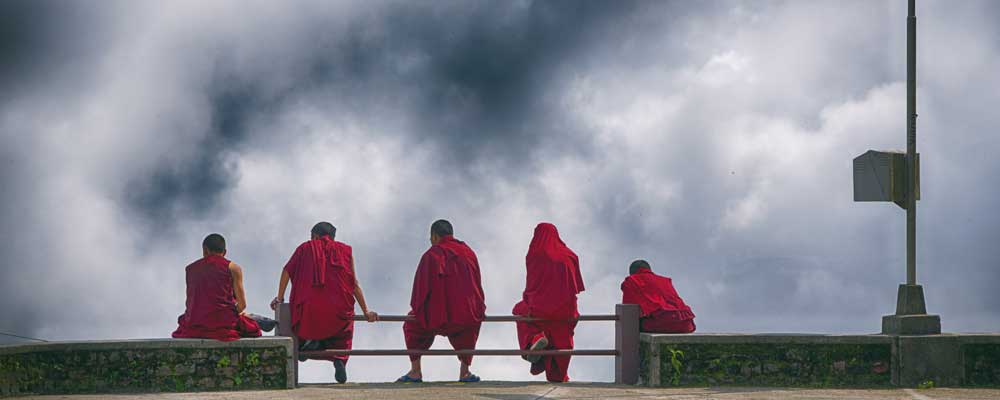
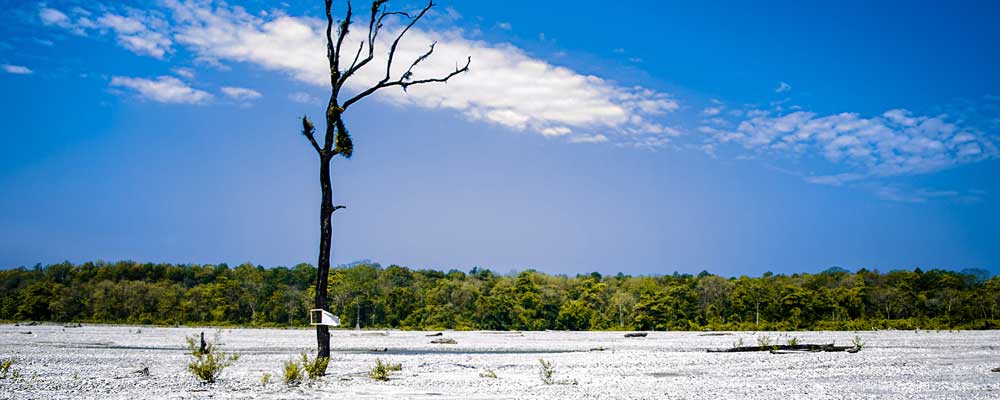
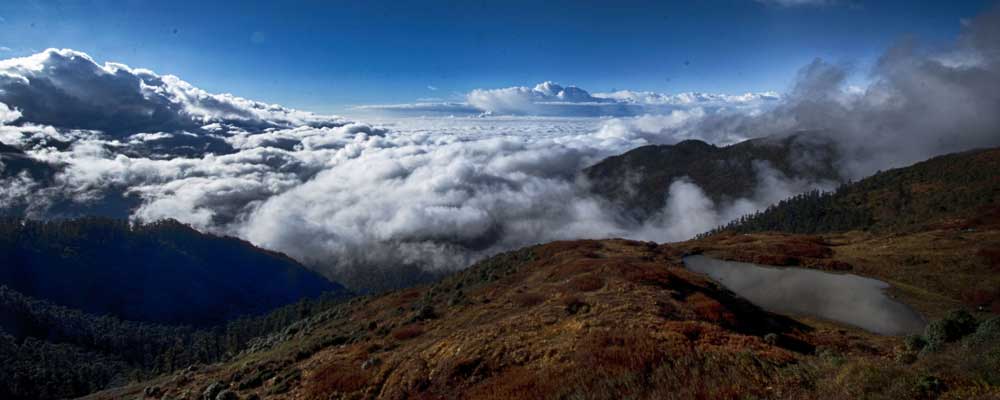
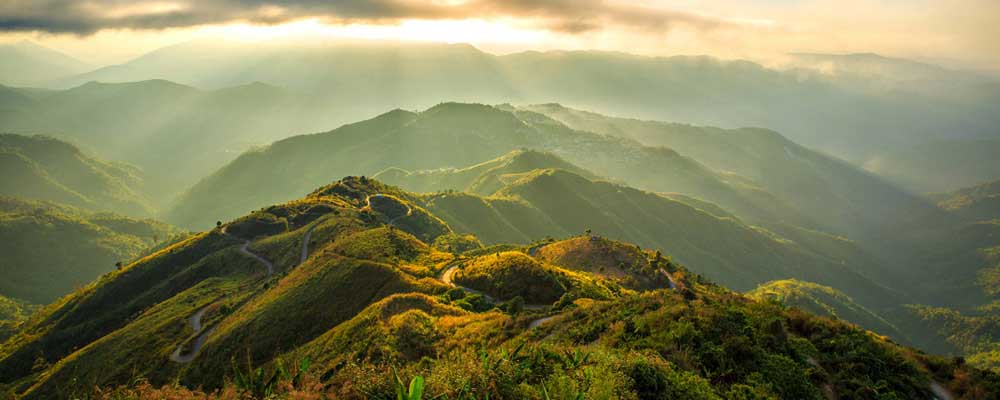
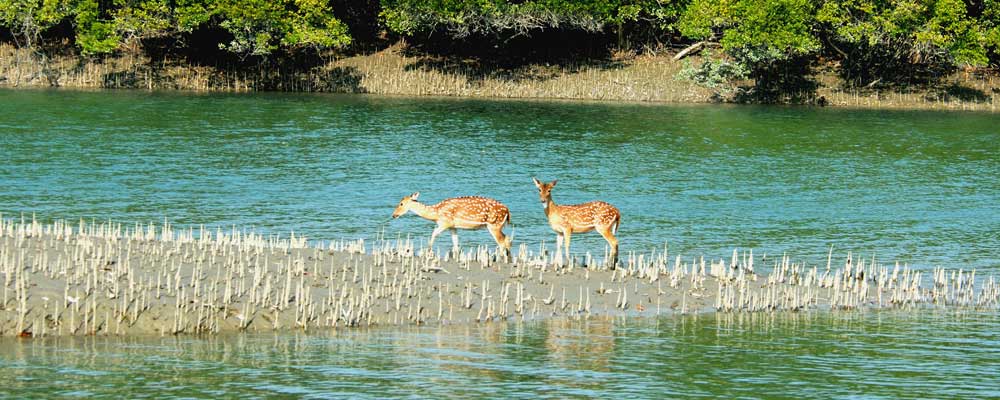


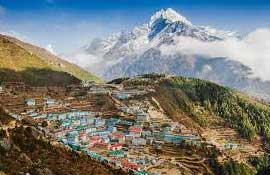 As the colourful patterns inside a kaleidoscope make it diverse and beautiful, the different landscapes, culture and traditions of Nepal make it one of the beautiful
places in the Earth. Apart from the breath-taking views of the lofty Himalayas, one also gets to experience the placid lakes, emerald forests, phenomenal milieu of art, architecture and cultural heritage.
As the colourful patterns inside a kaleidoscope make it diverse and beautiful, the different landscapes, culture and traditions of Nepal make it one of the beautiful
places in the Earth. Apart from the breath-taking views of the lofty Himalayas, one also gets to experience the placid lakes, emerald forests, phenomenal milieu of art, architecture and cultural heritage.